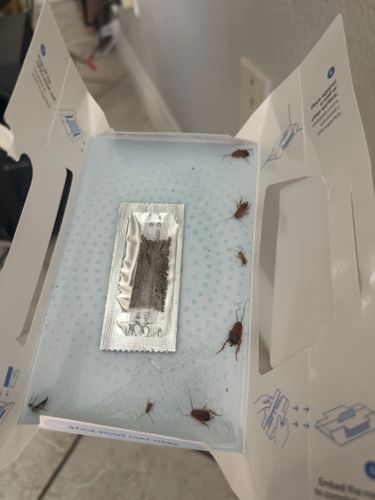German Cockroach
Scientific Name: Blattella germanica
Order & Family: Order: Blattodea, Family: Ectobiidae
Size: Typically 1.1 to 1.6 cm (0.43 to 0.63 inches) long.

Natural Habitat
Primarily indoor environments, preferring warm, humid, and dark places close to food and water sources. Common habitats include kitchens, bathrooms, basements, and commercial food establishments. They can infest residential homes, apartments, restaurants, and hospitals.
Diet & Feeding
Omnivorous scavengers. They will eat almost anything, including food scraps, grease, pet food, soap, glue, and even decaying organic matter. They are especially attracted to starches, sugars, and fatty foods.
Behavior Patterns
Nocturnal, hiding in cracks and crevices during the day. They are excellent at hiding and can squeeze into very small spaces. They reproduce rapidly, especially in warm, humid environments.
Risks & Benefits
Risks: German cockroaches are significant pests that can pose health risks. They can carry and spread various bacteria, viruses, fungi, and parasites, leading to food poisoning (e.g., Salmonella, E. coli), dysentery, and other diseases. Their droppings and shed skins can trigger allergies and asthma attacks, particularly in children and sensitive individuals. They can also contaminate food and surfaces, and their presence is generally considered a sign of poor hygiene. Benefits: None in a domestic setting; in some ecosystems, they may contribute to decomposition.
Identified on: 9/3/2025